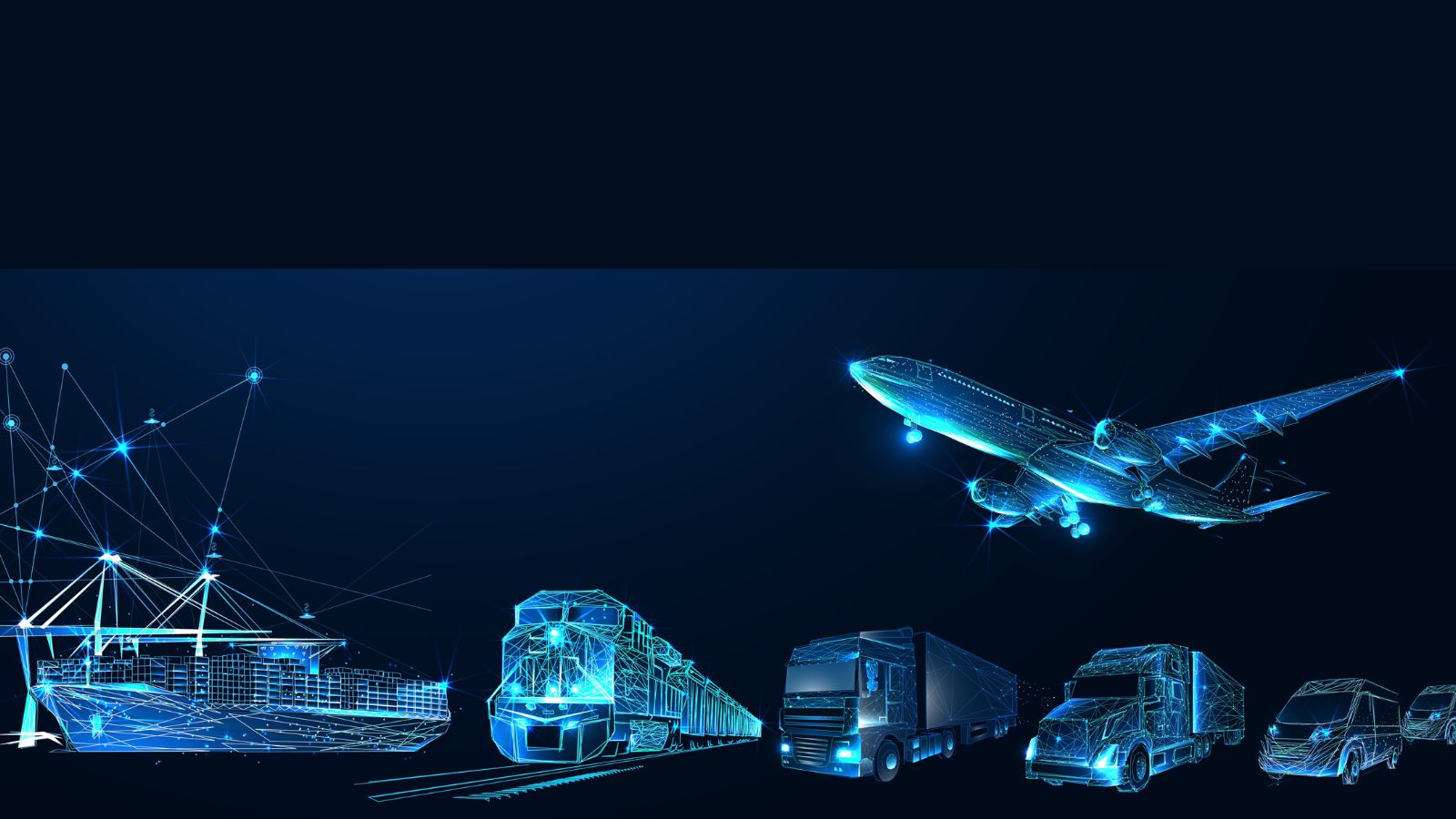Upgrading to the latest tech is often an exciting prospect. Whether it’s a shiny new phone, a powerful laptop, or the latest software update, a sense of anticipation and promise always comes with staying ahead of the curve.
However, behind that gleaming new device or system, there are hidden costs that can quickly add up. These costs might not be immediately apparent but can significantly affect your wallet, productivity, and overall experience.
Let’s dive into the 20 hidden costs of upgrading to the latest technology.
Compatibility Issues

When you upgrade to the latest tech, you might find that your old devices or software don’t play nice with it. It’s frustrating when a brand-new gadget can’t sync with your current systems, and suddenly, you’re forced to upgrade other parts of your setup. This can create an unexpected ripple effect that drives up the cost.
The Learning Curve

Every time a new device or software hits the market, it comes with the latest features and new ways to use it. While exciting, it can take time to figure everything out. Whether it’s learning a new interface or understanding complex settings, there’s often a period where you feel less efficient than before, and that lost productivity can be costly.
Training Costs

If you are upgrading your technology at work, there may be extra costs for training employees on how to use the new system. Even with personal tech, there might be a need for classes or workshops to get up to speed. Training always incurs costs, whether through formal courses or self-study.
Data Migration Fees

Transferring all your data can be a significant concern when upgrading your computer or mobile device. Although it may seem simple, this process can often be complicated and time-consuming. It may require specific tools or even assistance from professionals. Additionally, the costs associated with moving your photos, documents, and files to the new system can add up quickly.
Subscription Fees You Didn’t Expect

The latest tech often comes with subscription models for services, like cloud storage, updates, or premium features. While these subscriptions might sound affordable initially, over time, they can build up into a significant ongoing expense that you didn’t factor into your initial upgrade budget.
Increased Power Consumption

Newer devices are often more powerful, but with that power comes increased energy consumption. Extra features in smartphones, laptops, and home automation systems may use more electricity, leading to higher utility bills over time.
Maintenance and Repairs

The latest tech often requires specialized repair services, which can be more expensive than older models. Additionally, you may experience longer wait times for parts or repairs, particularly if your new technology is still under warranty. If the device is complex, the cost to maintain it over time can be higher than anticipated.
Obsolete Accessories

When you upgrade to a new device, your old accessories—chargers, headphones, keyboards, or docks—might no longer work. You could be left with an extra pile of outdated tech that you either have to store away or replace with new accessories, which come with costs.
Losing Features You Loved

While the latest tech might promise “better” features, you might lose the ones you loved most. Maybe your new phone doesn’t have the headphone jack, or the latest software update removes a tool you rely on. Finding alternatives or adjusting to these changes can be frustrating; sometimes, you’ll need to spend more money to compensate for those losses.
Software Upgrades and Licenses

The shiny new hardware you bought might be just the beginning. New software licenses, updates, or additional programs are often needed to use your tech fully. These additional costs can sneak up on you, whether it’s a paid app or the latest operating system.
Cybersecurity Risks

New technology often means new vulnerabilities. Hackers are always looking for ways to exploit new devices and software. Keeping your new tech secure may require investing in additional software or services, like firewalls or cybersecurity insurance, to keep your information safe from threats.
Vendor Lock-In

It’s hard to leave once you dive into a new tech ecosystem. Apple, Google, and other companies create environments that make it difficult to switch to another brand without losing all your data or repurchasing services. This “vendor lock-in” means you could be stuck with that brand for the long haul—and if their prices go up, so do your costs.
Higher Insurance or Warranty Costs

New technology is often more expensive to insure, and it’s easy to overlook how much extra you might be paying for coverage. Warranties on newer tech can also cost more, and extended warranties might be necessary to ensure you’re not left out of pocket for repairs.
Integration Costs

Bringing new technology into your existing setup isn’t always smooth. Whether adding new software to an old system or upgrading devices in a business, integrating the latest tech can require expensive customization, consultants, or technical support to make everything work seamlessly.
E-Waste Disposal

When you replace your old devices, you can’t just throw them away. Disposing tech responsibly can be expensive, especially if the device contains hazardous materials or requires special handling. This e-waste disposal can often carry a hefty fee, especially for businesses upgrading large numbers of devices.
Downtime

Upgrading to new tech often means downtime, especially if the transition involves complex installations or system overhauls. Whether it’s hours spent configuring a new system at work or waiting for your device to be set up, that downtime costs you—whether it’s in lost work, missed opportunities, or delays in personal tasks.
Customization Costs

Not all new technology comes ready to meet your needs. You may need to customize or tweak settings to suit your personal preferences or business requirements. This can involve additional purchases, from apps to third-party services, to get your tech right.
Software Glitches and Bugs

No matter how exciting a new update is, there’s often a period where things don’t work perfectly. New devices and software can come with bugs or performance glitches that require patches, updates, or even tech support, leading to additional costs and time spent troubleshooting.
Higher Insurance Premiums

Some newer tech is more valuable or has a higher replacement cost, which can result in higher insurance premiums. Whether it’s your new phone, computer, or car with advanced tech features, the price of insuring it could increase, raising your ongoing costs.
Depreciation

Tech depreciates faster than almost anything else. When you upgrade to the latest device, its value starts to drop. As new models are released, your once-prized gadget could lose its resale value quicker than you imagined, leaving you with a diminished return on your investment.
Conclusion

Upgrading to the latest technology can feel like a leap forward, but it’s important to be aware of the hidden costs that come along with it. From compatibility and training to data migration and downtime, these additional expenses can surprise you, especially when you’re focused on the excitement of new features. By understanding these potential costs, you can better prepare for the true financial impact of your upgrade, ensuring that your new tech remains a benefit rather than a burden.
25 Countries Predicted to Become Economic Superpowers in the Next 20 Years

The strength of an economy plays a crucial role in various international policies about trade and relations. Certain factors determine the strength of an economy, including population growth, availability of resources, and development and advancement. Here are 25 countries predicted to become economic superpowers in the next 20 years
25 Countries Predicted to Become Economic Superpowers in the Next 20 Years
